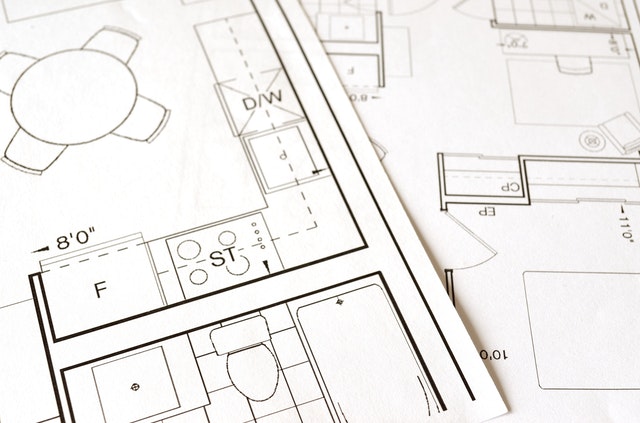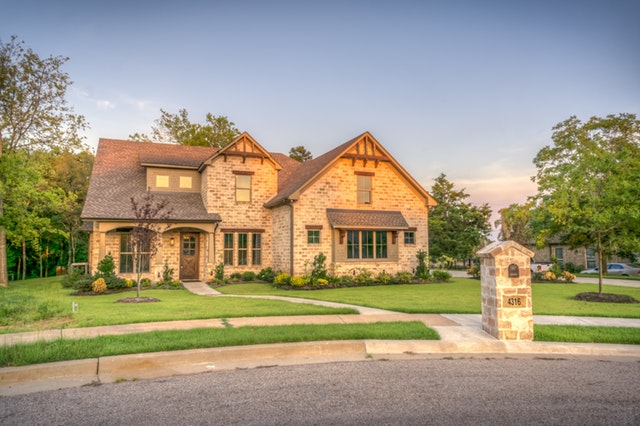 Your home’s energy rating is an evaluation of your home’s overall energy efficiency. If your house’s rating is high, it means your potential for energy loss is also high. Bringing your rating numbers down means that your home is becoming more energy efficient.
Your home’s energy rating is an evaluation of your home’s overall energy efficiency. If your house’s rating is high, it means your potential for energy loss is also high. Bringing your rating numbers down means that your home is becoming more energy efficient.
Your home’s energy rating is based on several things. When your energy company does a home energy audit, they are looking for ways that your home or its components are wasting energy. A low rating means that a home is more energy efficient than one with a higher number. For example, if a home is rated at 70 on the HERS Index, it is approximately 30% more energy efficient than a home built in 2006. There are many factors that are taken into consideration when determining a home’s energy rating.
Here are several things you can do to bring your numbers within an acceptable range.
Energy Efficient Appliances
All new appliances manufactured within the United States must now carry an energy rating label that states its efficiency and how much energy is required for it operate. The Environmental Protection Agency has determined that, in order to save as much energy as possible, appliances are to be manufactured to certain specifications that will allow them to be operated using as little energy as possible.
HVAC System
One of the biggest energy drains in your home is your HVAC system. With regular maintenance and prompt repairs, your heating and cooling system can operate at maximum efficiency for many years to come. Changing the filters every month and keeping the ductwork and vents properly cleaned can also help your HVAC system to function efficiently and may reduce any type of energy waste.
Insulation, Windows, And Doors
Other areas where energy can be lost is through the roof and the windows and doors. Adding more insulation to your attic may prevent energy from being lost through the roof. It can help to keep your home cooler during the summer months and warmer during the winter months. Replacing older windows with newer, more energy efficient windows can dramatically reduce energy loss and improve your home’s energy rating. The same is true for older doors that may have worn weatherstripping.
The government offers rebates on your federal taxes for each home improvement you make that improves your home’s energy rating. If you are interested in learning more about energy ratings, contact your local utility company to have an energy audit performed. They will provide you with the answers you’re looking for.
Whether you are in the market for a new energy efficient home or refinancing your current property, your trusted mortgage professional is available to discuss your best financing options.
 Savvy home buyers often get great deals on new home constructions by asking for deals and discounts and doing some up-front research.
Savvy home buyers often get great deals on new home constructions by asking for deals and discounts and doing some up-front research.  Home price growth slowed to its lowest rate in 20 months according to the 20-City Home Price Index issued by Case-Shiller. After years of dismal readings, Las Vegas, Nevada led the cities included in the index.
Home price growth slowed to its lowest rate in 20 months according to the 20-City Home Price Index issued by Case-Shiller. After years of dismal readings, Las Vegas, Nevada led the cities included in the index.